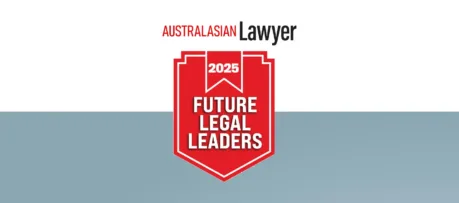If you are thinking of participating in mediation with a highly qualified mediator, then look no further. The Facility of Arbitrators and Mediations (“FAM”) has you covered!
By Stephanie Azzi, Intermediate Solicitor at Watts McCray, Parramatta.
What is mediation?
Mediation involves a neutral third party who facilitates parties to reach an agreement. The mediator is appointed by the parties or by a Court. The mediator does not determine disputes as an arbitrator, or a judge would, or provide legal advice.
A mediator assists parties identify and explore options, negotiate and resolve their dispute.
Mediation models
Models of mediation include:
1. Therapeutic mediation
In a therapeutic mediation, parties assisted by the mediator deal therapeutically with the underlying causes of the problem with a view to improving the relationship as a basis for resolving the dispute.
2. Settlement mediation
In a settlement mediation, the mediator encourages parties to compromise by use of persuasion, reality testing and pressure. The mediator encourages the parties to move from their fixed positions.
3. Facilitative mediation
In facilitative mediation, the mediator meets with both parties, uses their skills to facilitate discussion of the participants’ issues and concerns, and helps them explore options and possible solutions. In this model, the mediator encourages and enables the participants to find their own solutions.
4. Evaluative mediation
In the case of evaluative mediation, the mediator is usually experienced in dispute and can offer their advice as to the likely outcome in Court and is more directive in the approach to the mediation. The mediator in this situation needs to be careful that they are not overstepping and providing a solution that really is his or hers and not that of the parties.
The evaluative and facilitative models are commonly used in family law matters.
What is the mediation process?
1. There are separate Intake Assessments.
These are conducted either at the beginning of the mediation or earlier, with the mediator and each party (and their lawyers) separately.
2. The mediator starts with an Opening Statement in a Joint Session (if applicable).
The mediator explains in this Opening Statement their impartiality and the confidentiality of mediation and the process itself.
3. The mediator asks each party what they hope to achieve out of mediation.
Each party (or their lawyer) makes an Opening Statement in a Joint Session (if applicable), and the mediator summarises those statements.
4. The mediator identifies common ground between the parties.
They then write an agenda and ask the parties to prioritise the issues.
5. With the assistance of the mediator, the participants explore each agenda item.
Through the exploration stage, the participants and the mediator explore the underlying concerns, interests and needs to lead onto options/obstacles.
6. The participants and the mediator generate options and possible solutions.
7. Separate private sessions are used if needed to attempt to encourage the parties to reach an agreement.
8. At the conclusion of the private sessions:
The participants and the mediator come back into a joint session (if applicable) to refine options into possible solutions.
9. If an agreement is reached:
The mediator assists the participants in documenting the agreement.
Mediation sessions can be conducted in one of the following ways:
- Joint sessions: where the participants, the mediator and their lawyers (if applicable) sit together in one room.
- Shuttle mediation: the participants are kept in separate rooms, and the mediator shuttles back and forth.
- Co-mediation: is a mediation involving multiple mediators.
Advantages of mediation:
- It is confidential.
- Mediation can avoid a lengthy, expensive and stressful adversarial court process.
- Involves an independent and experienced third party in the process who can be a chosen expert in the area of dispute (unlike a judge who cannot be chosen).
- Creates a positive environment to improve communication between the parties and their lawyers.
- The process facilitates negotiation and agreement in a safe environment.
Disadvantages of mediation
- One of the concerns in mediation is that one of the parties may still be pressured into a settlement because they lack the financial resources to litigate or lack the emotional fortitude to continue the fight and “want it over and done with”.
- As in Collaborative Law, care still needs to be taken to ensure participants are in a relatively equal bargaining position.
- It remains important for the parties’ lawyers to ensure that as many outstanding issues are resolved before mediation, including disclosure and valuations if required.
- The success of the mediation depends on the ability of the mediator.







